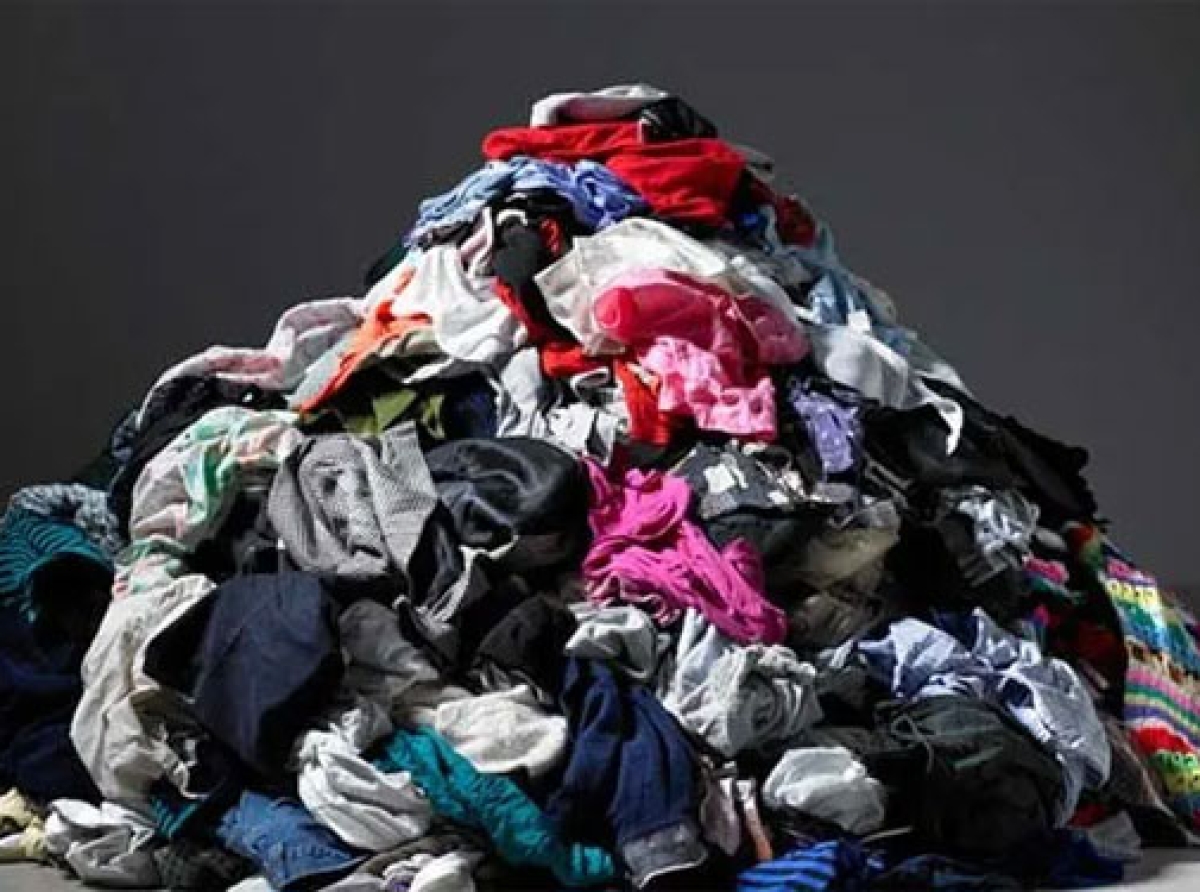05 September 2022, Mumbai:
One of the basic requirements of people in the current society is textiles. Globally, the textile sector has a sizable production capacity. The textile industry is an industry that deals with articles made from fibers, threads, or yarn. It is evident that The textile and clothing/apparel (T&A) industries constitute a significant piece of manufacturing production, mass employment, and forming a meatier chunk of trade in most developing countries globally.
Textiles are created to serve various purposes and are composed of multiple fiber types blended in different ratios. Fiber applications often fall into one of the following three categories: industrial, home furnishings, and apparel/clothing.
Consumer demand, which is affected by the status of the economy, plays a factor in this as well. Customers respond to changes in fashion in both apparel and home furnishings. Clothing/apparel may swiftly fall out of style due to seasonal changes, which encourages replacing and getting rid of old but still excellent quality items. In reaction to a "throwaway society," manufacturers will progressively produce large volumes of apparel with little durability.
Most textile businesses focus on creating a suitable waste management system for sustainable growth. It might significantly impact the age of home textile waste. The depletion of natural resources, rising costs, and dwindling availability of disposal sites are the driving forces behind the significance of trash reduction, reuse, recycling, and management.
It is incredibly shocking that as per industry reports every year some 9 million plastic-based wastes are disposed of in the landfill. The atmosphere is also chemically contaminated by the combustion of all the goods within the mills. Textiles produce a sizable quantity of solid waste in terms of production capacity. While it might not have much of an effect on the manufacturing sector's waste generation.
Commercially, the quantity of textile waste generated depends on how much textile product is produced; the more made, the more trash there will be. Let us reckon that Textile consumption impacts the environment through both pre-consumer and post-consumer effects, also a practice of these articles should be worn a few times before being discarded has led to nearly 85% of textiles ending up in landfills each year and here it may be sanguine to argue that you have to factor in fast fashion as a catalytic action.
Despite a long history of resource conservation in the textile sector, a significant amount of unneeded waste is still created annually. For instance, they could make it difficult for us to breathe, keep warm or cold, or grow the food we require.
Problem-solving approach
The disposal of used clothing and recycling is a critical piece of the entire textile user journey.
The trifecta of problems is the source of the waste's high level. Clothing/apparel and textiles (T&A) generate enormous amounts of garbage, which is dumped in landfills all over the world. It takes time for the garment to decompose, and certain materials, like polyester, even release chemicals into the environment.
It depends on whether we want to be part of the problem or the solution.
Pollution - Textiles contribute to the breakdown of the air and water. The chemicals and water needed to make the textile colors must be disposed of after usage. Some of the ways and means to curb and mitigate the ill effects of textile waste management are as follows:
Composting
Regeneration
Albeit It may not be a panacea today but the theme of ‘How to execute reuse and recycling of post‐consumer textile waste is more critical than ever before".
The trifecta of problems is the source of the waste's high level. Clothing/apparel and textiles (T&A) generate enormous amounts of garbage, which is dumped in landfills all over the world. It takes time for the garment to decompose, and certain materials, like polyester, even release chemicals into the environment.
Pull V/s Push
Most textile businesses worldwide typically create a department for sustainable development to carry out the waste management procedure. Increasing awareness among consumers has been once the driving force for making greener products. Increasingly it is been argued today that disposal through Landfills is how much more sustainable as arguably they are the earliest form of waste management, the moreover modern-day big revelation is that these sites per se aren't good for our planet. Notwithstanding the reality Modern landfills are aptly-engineered and managed outlets for the disposal of solid waste be it from textile.
Way Forward
The central government applies several rules, guidelines, and institutions to direct the textile industry's transition to an ecologically friendly method.
The good news is best practices like Eco-friendly textiles made from 100% recycled PET fibres and blends with MMF or a sustainable myriad of fibres are been popularly used in a variety of applications viz home textiles, apparel, furnishings, upholstery, technical textiles, and many more imaginative applications & that is where efforts are. Let us clear the air on the consumers' heightened awareness created lately on the back of global climate change showing up & having motivated consumers to come forward and contribute in this field to drive the synergies.
Today there is a strong sustainability argument pushing for Fashion and textile circular economy case.
Join our community on Linkedin

























